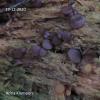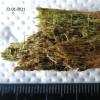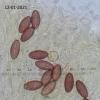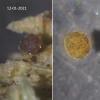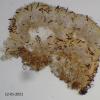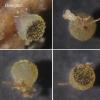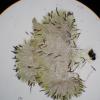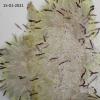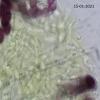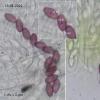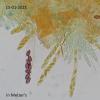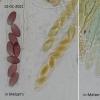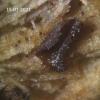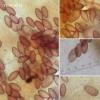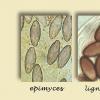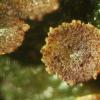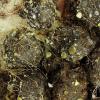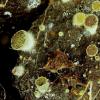
28-10-2025 19:33
 Nicolas Suberbielle
Nicolas Suberbielle
Bonjour à tous,Je voudrais votre avis sur cette r

31-10-2025 09:19
 Lothar Krieglsteiner
Lothar Krieglsteiner
Can somebody provide me with a file of:Rogerson CT

09-08-2025 13:13
 Maria Plekkenpol
Maria Plekkenpol
Hello,Yesterday I found these on burnt soil. Apoth

25-11-2016 13:54
 Stephen Martin Mifsud
Stephen Martin Mifsud
Hi, I found numerous seeds of Washingtonia robusta

28-10-2025 22:22
 Bernard Declercq
Bernard Declercq
Hello.I'm searching for the following paper:Punith

28-10-2025 15:37
Carl FarmerI'd be grateful for any suggestions for this strik


Hi Riet,
Some years ago I collected an Ascobolous from a fallen, rotten trunk or branch of Picea. I remember that there was quite a dense colony. This I IDed as Ascobolus lignatilis from Ellis and Ellis and is the only lignicolous species in that reference. It does seem quite close to foliicola both macroscopically and microscopically but with a different habitat preference. Is epimyces a soil-dwelling species?
Best wishes,
Charles.

Nice pictures ! Rather agree with Charles for A.lignatilis. In my opinion, A.epimyces has more pointed spores at the ends with a more dense ornamentation, and A.lignicola an on average larger spore width with a more reticulate ornamentation.
Michel.

I have no experience of A. epimyces but based on Brummelen's description the latter has more fusoid ascospores with anastomosing ridges. This is not the case in the ascospores of your collection.
This is not a common species.


Hi again Riet,
Thanks for the reference-have just had a look and the fusoid spores seem characteristic of epimyces.
Charles.

Thank you very much for the beautiful pictures!
For me it's the first species Ascobolus I see, so it's very nice to compare!


